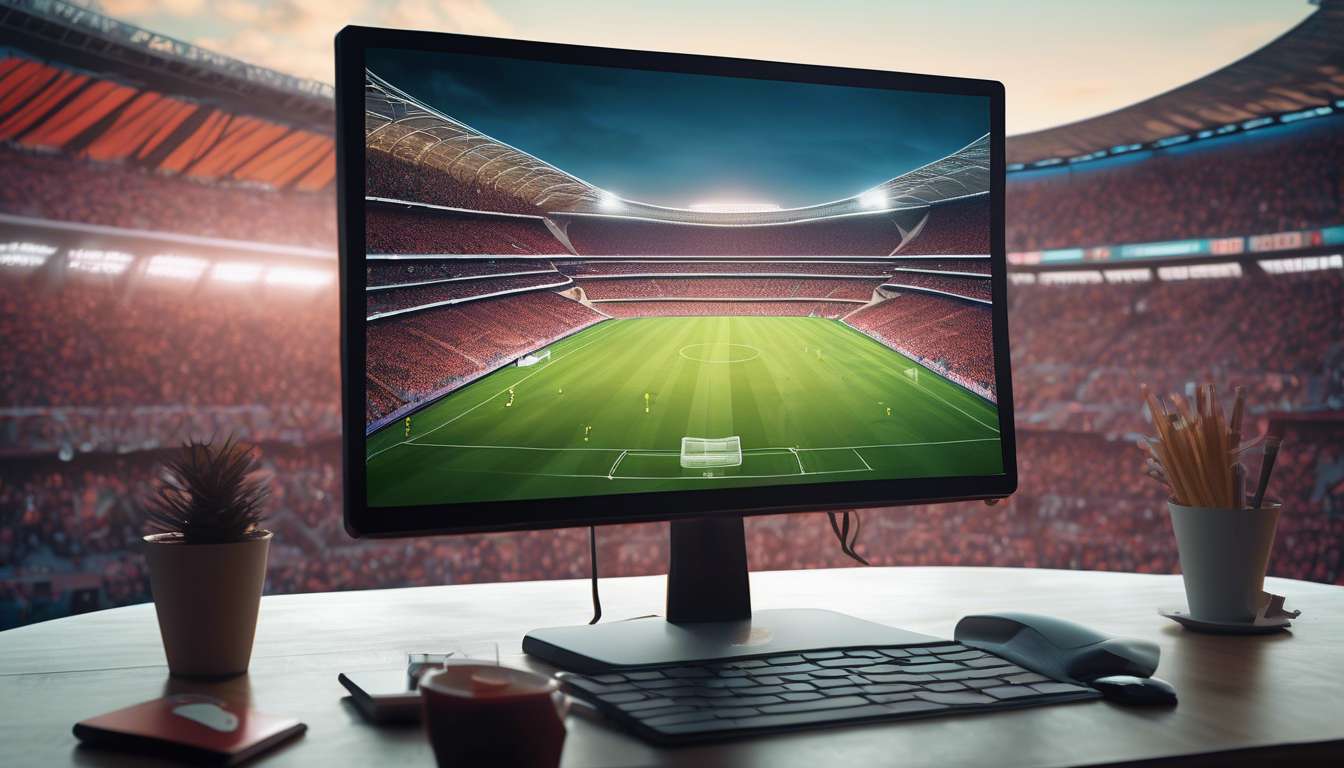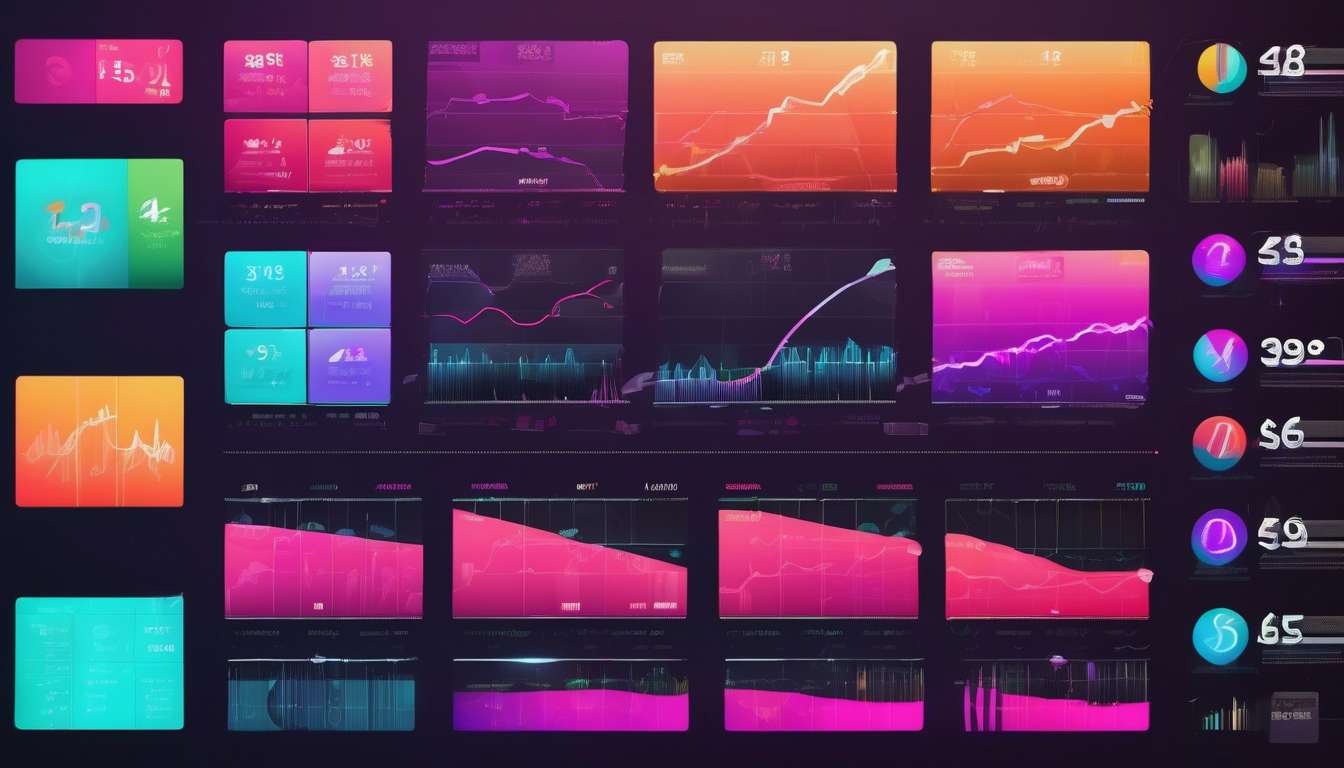In 2025, the landscape of running bets platforms has evolved significantly, offering a wealth of options that can both excite and overwhelm us. As avid enthusiasts of the sport and the thrill of wagering, we find ourselves in a golden age where technology meets opportunity. However, the sheer number of …










